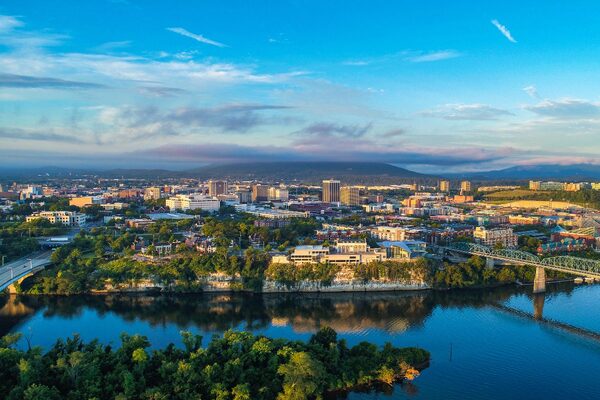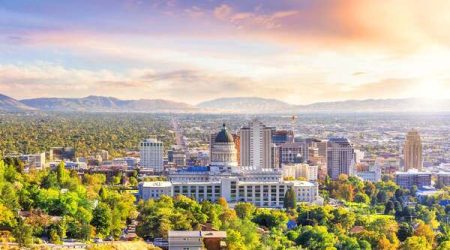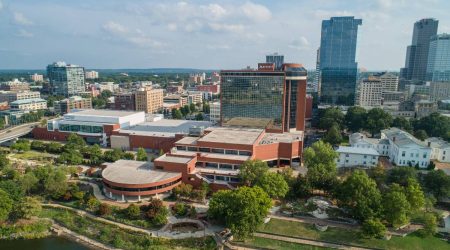Key Takeaways
- Chattanooga has transformed from America’s dirtiest city to the first National Park City.
- The city focuses on integrating nature within urban development for environmental sustainability.
- Brian Smith highlights ongoing efforts to enhance downtown green spaces and improve air quality.
Chattanooga’s Environmental Transformation
Chattanooga is on a mission to blend urban development with environmental preservation, establishing a new identity as a leader in sustainable city planning. As the first city in the United States to be designated a National Park City, Chattanooga has made significant strides in improving its ecological footprint and access to nature.
Mayor’s Office representative Brian Smith outlined the city’s commitment to fostering a healthy environment while accommodating growth. Historically regarded as one of the nation’s dirtiest cities, Chattanooga has successfully reconceptualized its urban spaces. By prioritizing parks, walking trails, and public green areas, the city promotes both recreation and climate resilience.
New development projects are scrutinized through the lens of environmental impact, ensuring that infrastructure projects harmonize with the natural surroundings. Efforts include innovative stormwater management systems and enhanced air quality monitoring. Smith emphasized the importance of maintaining transparency and engaging the community in sustainability initiatives, which cultivate a sense of ownership among residents.
Strategies to improve downtown spaces are pivotal in Chattanooga’s efforts. By implementing tree canopies, pedestrian-friendly paths, and community gardens, the city aims to create inviting spaces that encourage outdoor activities and social interaction. These changes not only beautify the city but also play a crucial role in fighting urban heat effects and enhancing biodiversity.
Education is another cornerstone of Chattanooga’s approach. The city is investing in programs that raise awareness about environmental issues and promote sustainable habits among residents, targeting schools and local organizations to create a more informed community.
Chattanooga’s case serves as a model for cities across the nation struggling with environmental degradation amidst urbanization. By exploring creative solutions and prioritizing green initiatives, the city underlines the importance of balance between development and nature conservation.
The ongoing efforts demonstrate a robust commitment to sustainability that could redefine urban living across the United States. Chattanooga’s example reveals that with intentional planning and community engagement, cities can thrive in harmony with their natural landscapes, ensuring a healthier planet for future generations.
The content above is a summary. For more details, see the source article.















